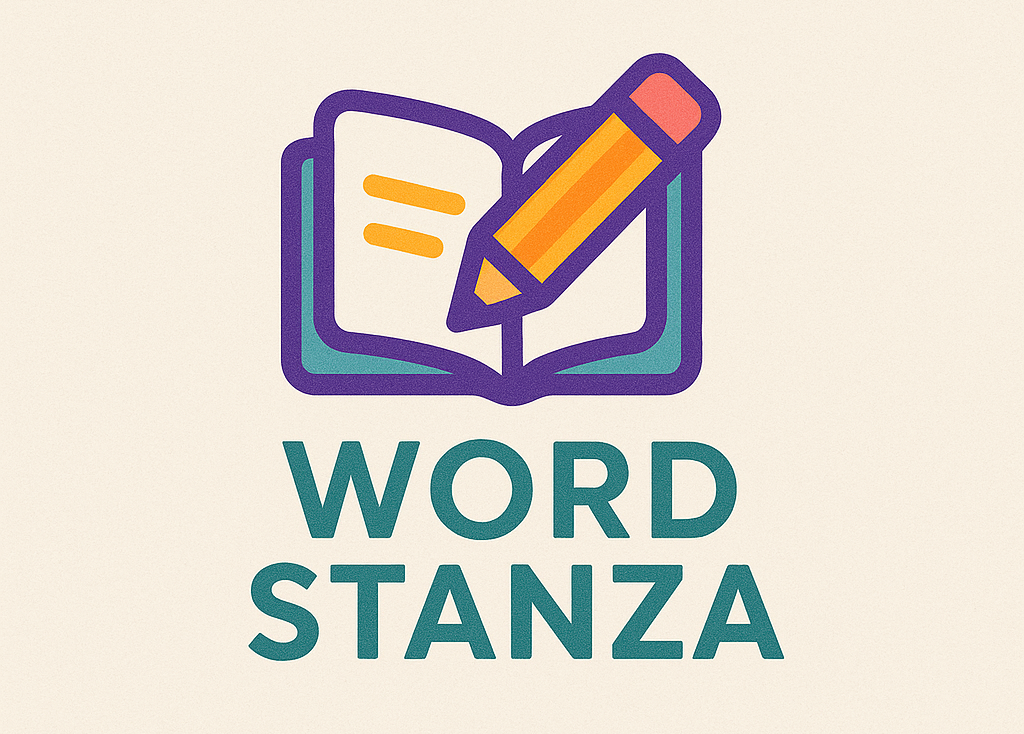The architectural lighting design process is an important element of your overall design. While the process can seem daunting, with the right information, you’ll be able to develop a beautiful and functional layout. It’s not just about visual factors, though, as there are also non-visual aspects to consider.
Indirect light
In architectural lighting design, indirect light can have various effects, including improving a room’s visibility, increasing perceived spaciousness, and reducing glare. It also helps create a sense of comfort.
Indirect lighting is a method of spreading light throughout a room via reflection. It’s a good idea to experiment with different ways of using indirect lighting to determine the most effective methods.
One way is to install recessed lamps on the ceiling. Alternatively, you can mount LED strip lights to create an indirect lighting effect. These are a great way to save energy and give the appearance of indirect lighting without the expense of installing more bulbs.
Another popular form of indirect lighting is a chandelier with an upward light source. This type of lighting is especially effective in highlighting objects.
Ambient light
Ambient light is a type of lighting that provides a general, soft, and uniform level of illumination in a space. Typically, this is created with overhead and pendant lights. It can be used in both interior and exterior spaces.
In addition to providing illumination, ambient light can also change the mood of a room. It can create a warm, welcoming atmosphere if installed in a restaurant, hotel lobby, or home. It will often reduce shadows on faces and enhance a sense of warmth.
When designing a space, you want to choose a combination of lighting to create a pleasing atmosphere. In addition, it should be tailored to the room’s architectural style. To do so, you need to consider three key factors: the location, the function, and the aesthetic.
Task light
Architectural lighting is a broad illumination category, from ambient lights to uplighting to decorative lighting. This type of lighting is a must in a variety of settings. Aside from providing general illumination, it also highlights materials, textures, and other architectural features.
One of the most common uses for light is to illuminate specific areas, such as the kitchen and bathroom. There are many ways to do this, from floor washers to wall washers. While the task lights are a vital component of any well-appointed kitchen or bathroom, the latest LED strip lights and other modern light sources offer numerous control options. This includes dimming, brightening, or toggling between a single color or a color palette.
Other uses of light include exterior and interior flood lighting. This directional lighting performs a similar function as task lights but in a more literal sense. This type of light is usually installed as a single pendant on a ceiling, though it can also be suspended from the wall.
Accent light
Accent lights are a great way to add visual interest to a room. They are also ideal for highlighting special art pieces and architectural features. Choosing the right fixtures can be fun. To start, you should take a look at your light fixture preferences.
Usually, an accent light is three times brighter than the ambient lighting in the room. This is important because it draws the viewer’s attention to the focal point. In addition, it creates a soft halo or spotlight effect. It can also highlight architectural details, such as architectural elements or signs.
The best accent lights are those that can be adjusted. This allows you to focus on smaller areas. Using lamps with narrow beam angles can also be a good idea.




